All images courtesy of Getty Images/Wiki Commons
The veteran bassist runs through his memories of D.Boon, Double Nickles on the Dime, and what it’s like to be an aging punk amongst a shifting scene.

By Anthony Montalbano
anthony17882001@gmail.com
Mike Watt’s long and storied career dates back to 1980 with the formation and co-founding of the punk band Minutemen, which hit hard and fast in its five-year reign on the West Coast in San Pedro, California. Since then, Watt has kept busy, extending his career with the likes of Dos, Firehose, his solo work, and much more.
Watt’s latest project is Everywhen We Go, the second in-studio convocation of the post-rock, dream-team “power” trio of guitarist Mike Baggetta, Jim Keltner on drums, and Watt; the “power” proceeding from the unfettered, visionary inventiveness of their performances delivered via explosive raw creative energy and prodigious instrumental prowess.
The album mostly stems from a single day of recording at BIG EGO Studio in Long Beach, California, with Chris Schlarb producing, yielding very intimate, relaxed-sounding results. Most compositions are by Baggetta, with one by Watt and two by the whole group. Everywhen We Go is being released on 12” vinyl LP, digital download, and via streaming platforms on Schlarb’s BIG EGO Records label on November 18.
In this all-encompassing head-to-head chat with the prolific bassist, we talk about his multi-faceted career, his time with his childhood friend D. Boon and beyond.
Get us up to speed on your latest comings and goings.
I just got back from three Missingmen gigs, my first out-of-state riding and playing gig in 20 months. I’m getting the band ramped up because we’re gonna make another Missingmen album. I liked playing with these guys, so I’m going to make it my record with no opera; it’s just a collection of songs focused on playing with Todd and Raul. So, I’ll be doing these gigs and stuff, and I’ve got five gigs, two of them are opening for Flipper, and that’s where a lot of the focus is. Secondmen, no more gigs for a while, and after the Missingmen album, I’m gonna work out a record for them too.
What got you hooked on the bass guitar?
I wasn’t a musician or anything; I wanted to be with D. Boon when I met him. I came to San Pedro from Virginia when I was 8 in ’66. My pop was a machinist in the Navy, and then he got stationed up here. My mother didn’t wanna move again, so we ended up in San Pedro. Anyway, D. Boon was living there, and we met when we were 12. His mom played guitar, so she had him take lessons and stuff, and when I met him, the only rock band he knew was Creedence Clearwater Revival. But when I visited him the first time, his mom wanted us to make a band, and she said, “You’re gonna be the bass player.” I didn’t even know what a bass was; it looked like a guitar with four strings. [Laughs]. I’m very grateful to Marge D. Boon, D. Boon’s mom; she’s the one who got me into the bass.
What sort of music were you and D. Boon exposed to growing up?
Music was different back in those days; it wasn’t as accessible, kinda more secret. And so the stuff we were exposed to was the things we brought home and played on the turntable. D. Boon didn’t use record covers for records, so his shit would get all scratched, which affected how we took in the music. But I did like the covers; I used to look at them. I saw the singer’s shirts, and that’s how I got the flannels. I thought if I wore shirts that John Fogerty wore, then D. Boon might still like me. [Laughs].
So, by the time we graduated high school, we were at the start of the punk movement. So, it was a personal thing. It wasn’t about a haircut, beats per minute, or style of music. It was more about bringing rock ‘n’ roll back into clubs instead of the Nuremberg rally kind of stuff that happened in the ’70s. We and D. Boon were boys in the ’60s, but we grew up listening to the Stooges and the garage band scene. But in the ’70s, me and D. Boon were in our teen years, and that was a weird time for rock ‘n’ roll. n a way, the punk movement is about finding the original rock ‘n’ roll.
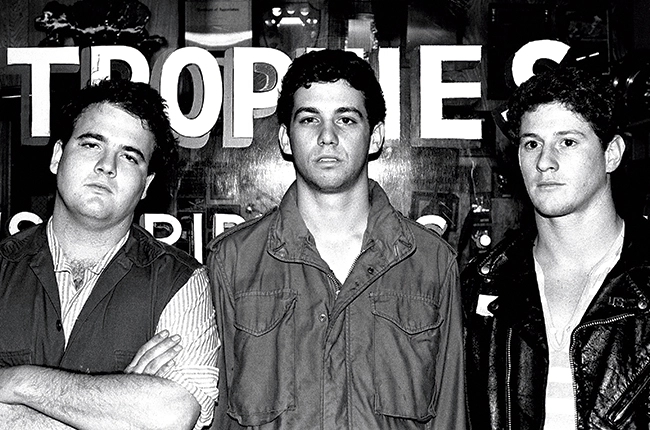
All images courtesy of Getty Images/Wiki Commons
What are your earliest memories of the emerging punk rock scene?
In a way, it was crazy because a lot of guys were starting; the culture was you try to copy songs off records and play with your friends in the bedroom or the keggers in the backyard. There were no clubs to play and stuff, so there was nowhere for us to go at first. So, we were very grateful to the movement because it meant more of an even playing field because before that, there was a real hierarchy, and we couldn’t break into it. No one took us seriously, and no one cared if you weren’t a guitarist or a singer. Bass players and drummers were looked at like they were assholes. But when the movement kicked off, things leveled off in many ways. And that’s why I say without the movement, I don’t think there would have been a Minutemen. Now, me and D. Boon to be together, yeah, would have made music. That’s how we did it. But as far as you hearing about us and us making records for SST, that has a lot to do with the movement.
Can we talk Double Nickels on the Dime for a minute? It’s probably one of the most seminal punk rock records out there.
For me, it’s probably the best record I have ever played on, and we made it for $1100. First, it was going to be a single album, and then Husker Du came to Minneapolis to record, and they did a double album called Zen Arcade. We were like, “Fuck, we should make a double album too.” So, we wrote all these songs, and in March of ’84, we recorded another album, and then we had 48 songs. So, it was like, “How do we put them in the right order?” We drew straws for who went first and then picked our favorites. Our favorite ones are on the first three sides, and the songs nobody picked ended up on the fourth side. But if Husker Du didn’t make Zen Arcade, there probably wouldn’t have been a Double Nickels.
Did you have a sense of its importance once you completed the record?
No, we had no way of knowing. Again, sort of like being in the movement, right? Minutemen were a sensitive band. We were really strong about somehow having our own sound and voice, but in another way, we were borrowing stuff from everybody. That’s what the movement was about; you couldn’t be rubber-stamped, you couldn’t be cloned, and you had to bring something. I remember doing this gig, it was like at RFK Stadium or some shit, and Joey Ramone was playing. So, we’re backstage, and Joey said, “Punk was a big hay wagon, and if you had a good idea, jump on.” I love that idea. It’s about letting the freak flag fly. But if you’re gonna make a fucking army of clones, it’s letting down the whole scene.
How did you end up forming Firehose after Minutemen came to an end?
Firehose was what happened after D. Boon was killed. So, Ed [Crawford] found my number in the phone book, gave me a call, and that’s how it started. We went for seven and a half years, 20 tours, and seven releases. He really helped me through a hard time in my life; I owe Firehouse a lot.

All images courtesy of Getty Images/Wiki Commons
What would you say your favorite Firehose record was?
Probably the first one. The spirit of Ragin’, Full On is amazing and unique. I didn’t know Ed that well at the time, but I had a lot of songs. We used a lot of the songs I had, and I converted them over for Firehose. Ed was younger, from another place, and another scene, but it didn’t matter. He was a hard-charging man, a really motivated guy, and I remember the first day he came to my pad, we worked on the songs I had, and they clicked. There was something about that first record that was very special.
A while ago, you had said, “Most bands tour to promote records; we make records to promote tours.” Can you elaborate on that?
That comes from my Minutemen days. What happened is when we saw what was happening when we went to the first gigs, we said, “Let’s divide the world into two categories: there are gigs and flyers and everything that ain’t a fucking gig.” It was so direct. t seemed like the most controlled, less diluted, less toll booth, whatever gatekeeper bullshit. So, everything that ain’t a gig was bullshit. We put everything into getting people to the gig. In the old days, touring wasn’t even its own kind of entity yet. You had cheap tickets and no merchandise, which was a different mindset. So, it was like whatever floats the boat is good enough. So, if you’re gonna work it that way, work it that way. That’s the way we did it. And another thing was you had to make records all the time to keep the interest up, especially with Firehose when college radio came in. That wasn’t there in the Minutemen days as much, so you had to make new records every nine months to keep your name in the ring. It was part of the promotion besides artistic expression; it was a big step.
What kind of equipment do you use in the studio?
I’ve got Pro Tools, HD set up, and no drum set. And then, going into that analog-wise and using a couple of channels, one channel is a universal audio LA-610 Mk II into the Omni, and another is a golden age preamp. It’s a Neve 1073 clone going into a UA 1176 compressor. And I mixed that in with a 1073 Neve preamp that’s direct-ready. I’m glad we invested in that. In the old days, you paid the guy and never saw the money. There are many bad things in the studio these days, but some stuff is better. The equipment is getting to where musicians can record themselves, giving you many more opportunities.
What bass guitars are you using these days?
My recording bass is mainly a 1956 Fender P that’s got pickups from Curtis Novak. They are based on the vintage P bass, not from that year, but ’57, split coil. And then I have1996 Moon bass, Larry Graham model. It’s got Lindy Fralins split jazz pickups. And I just got the Thunderbird back, too. So, for gigs, I use the Wattplower Reverend guitars, Wattplower MK II short scale, because my hands get sore working the longer scales.
Is punk still alive and well today?
Yeah, I guess it is. When we put out the first two albums, punk was more together, and it was about everybody taking turns. That tripped me out about the first, how together people were. At shows, we’d be watching the Germs, then the set would be over, and Pat Smear would be standing next to you. That was such a mind-blow, but it’s not always like that anymore. These days, it’s maybe not so unexpected, but man, in those days for us, we fucking couldn’t believe it. So, punk is alive, but I’m not sure the ethos or the dive is the same. That’s why us old punks need to keep going.

All images courtesy of Getty Images/Wiki Commons
– Anthony Montalbano is a contributor for www.vwmusicrocks.com and may be reached at anthony17882001@gmail.com
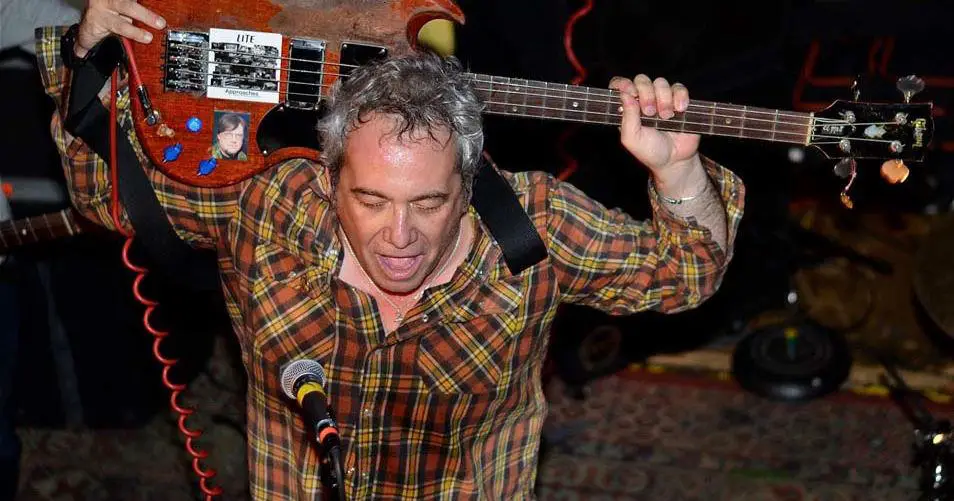
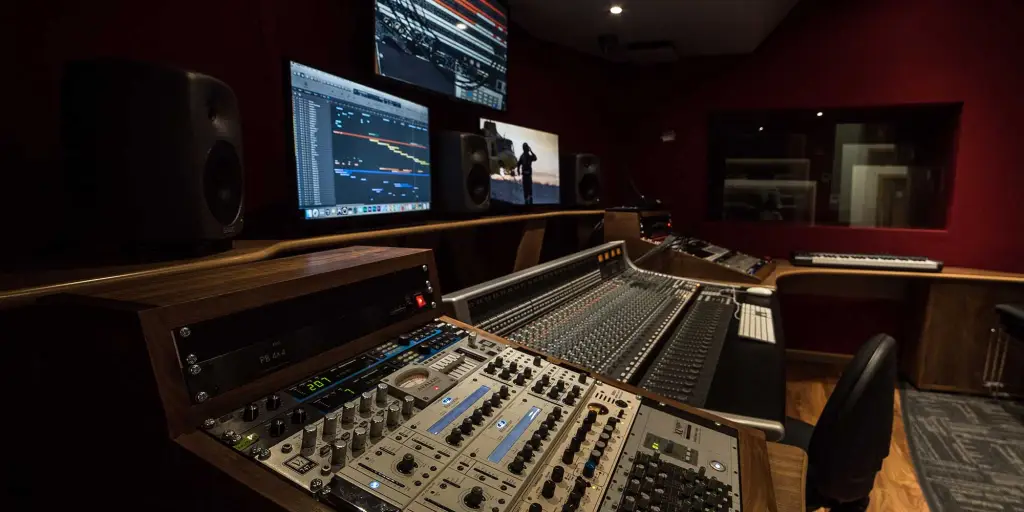

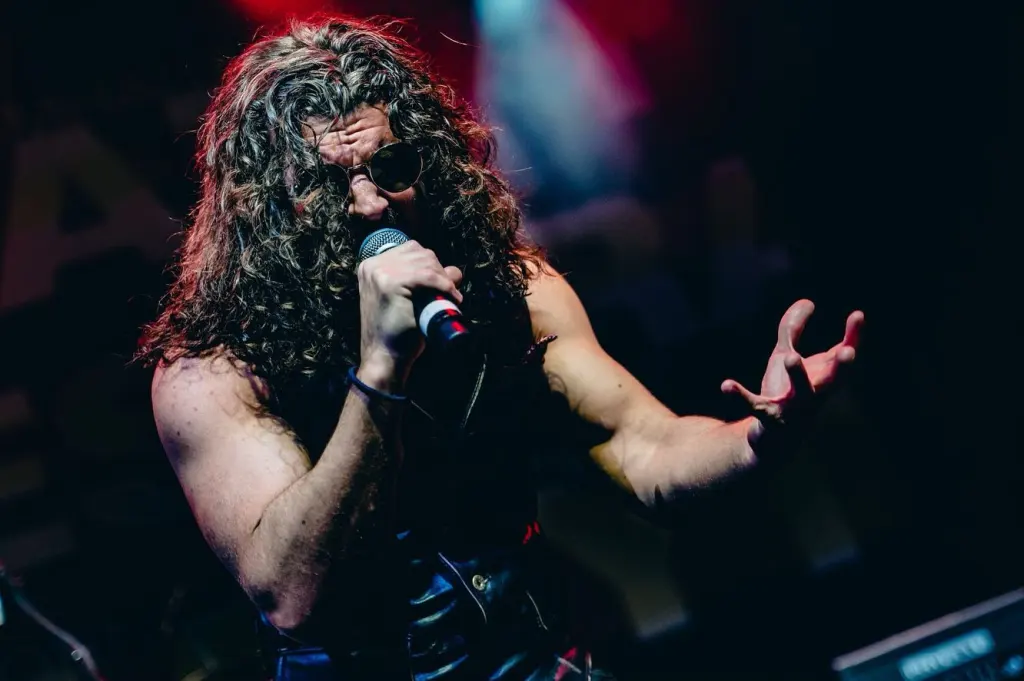
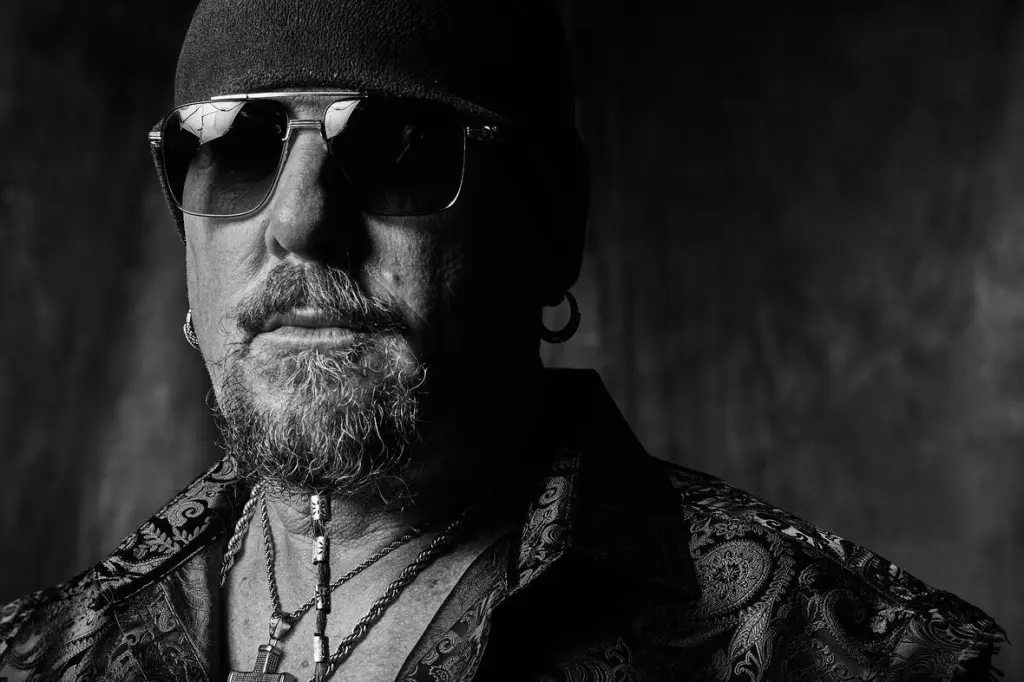
Leave a Reply